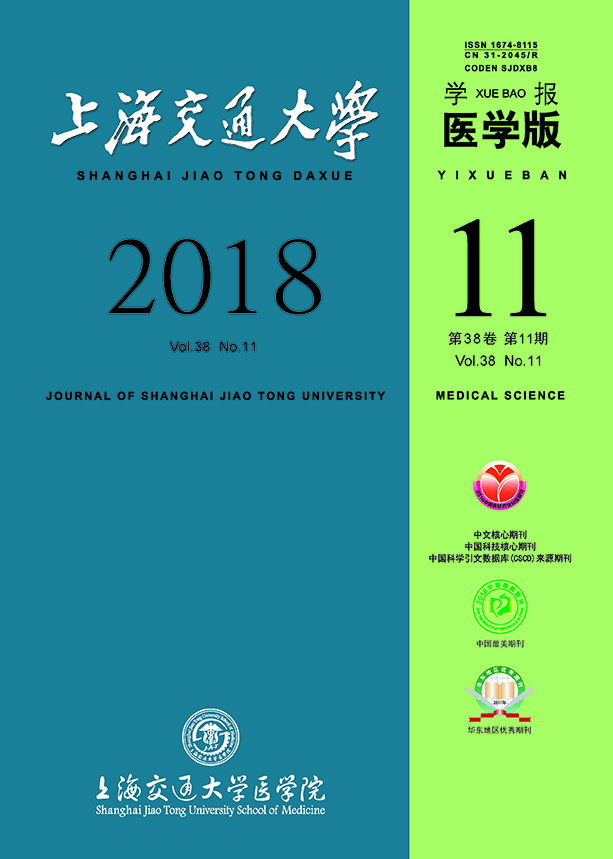|
|
Value of combined detection of cervical cytology and high-risk human papillomavirus in the diagnosis of cervical adenocarcinoma
PAN Lei, LI Juan, LIU Yuan, ZHANG Hui-juan
2018, 38 (11):
1366.
doi: 10.3969/j.issn.1674-8115.2018.11.017
Objective · To investigate the diagnostic value of combined detection of cervical cytology and high-risk human papillomavirus (HPV) in cervical adenocarcinoma. Methods · The clinical data of patients diagnosed as cervical adenocarcinoma in the International Peace Maternal and Child Health Hospital, Shanghai Jiao Tong University School of Medicine January 2006 to December 2017 were retrospectively collected and analyzed. A comparison among cytology detection, high-risk HPV test, and combined detection of both methods was performed. Results · A total of 2 291 cases of cervical cancer were collected, of which 480 cases were cervical adenocarcinoma patients. Finally, 409 cases of cervical adenocarcinoma were analyzed. The average age of all included patients was (46.8±11.4) years old. The proportion of the patients aged 35-55 was 59.2%. All the patients were divided into three groups, i.e., group A (cytology detection, n208), group B (high-risk HPV test, n103), and group C (cytology and high-risk HPV combined test, n98). There were 142 (68.3%), 85 (82.5%), and 93 (94.9%) positive cases in group A, B, and C, respectively. There was a statistically significant difference among the three groups (P0.000). In the patients with cervical in situ adenocarcinoma, the positive detection rates in group A, B and C were 70.6%, 100.0% and 100.0%, respectively (P0.000). And in the patients with cervical invasive adenocarcinoma, the positive detection rates in group A, B, and C were 67.9%, 75.8% and 91.8%, respectively (P0.000). Conclusion · Cervical cytology combined with high-risk HPV detection can significantly increase the positive detection rate of cervical adenocarcinoma.
Related Articles |
Metrics
|

